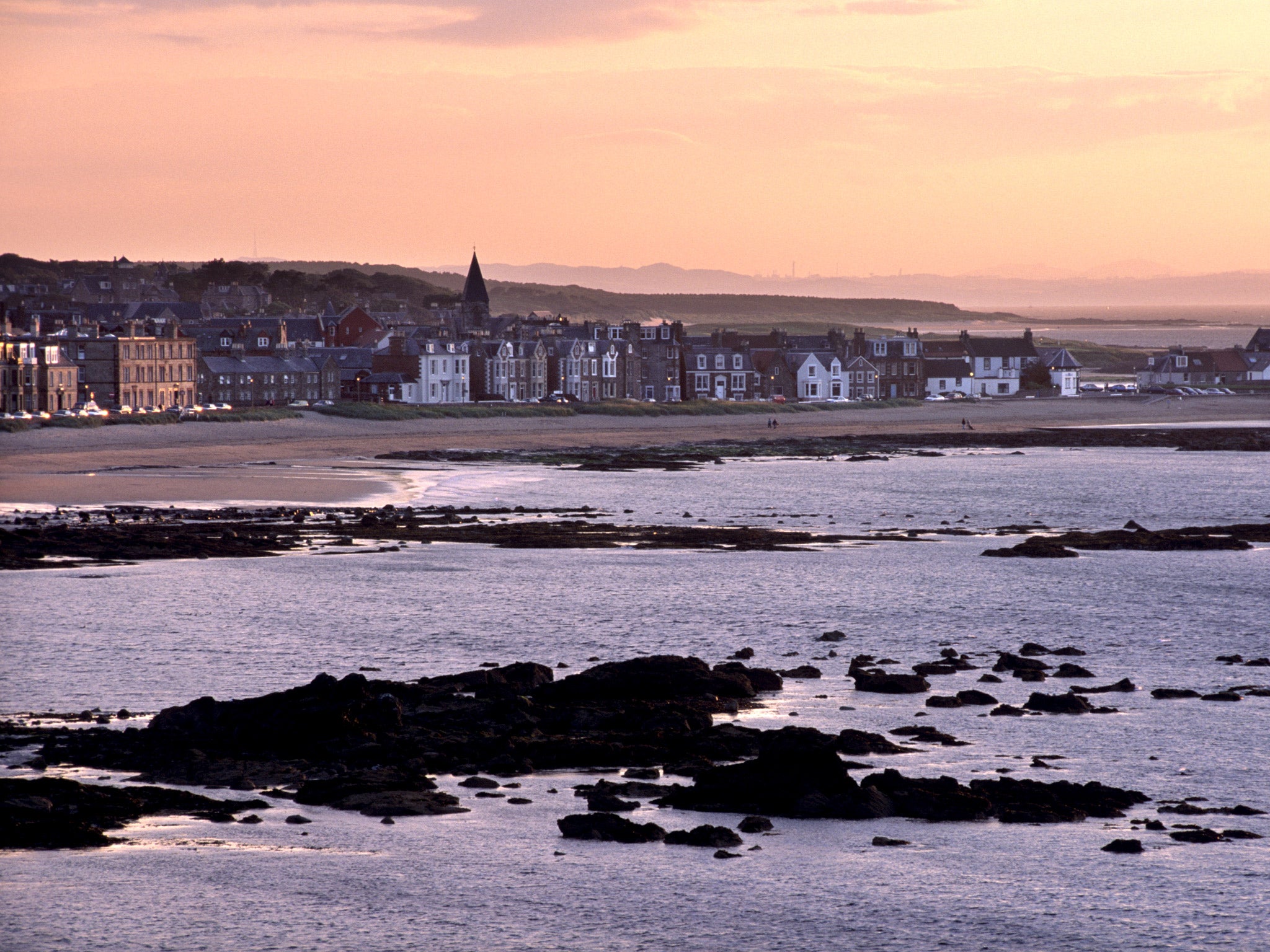No swimming: Britain has some of the worst quality bathing water in Europe
Torrential rain that washes sewage into waters people might want to swim in blamed

Your support helps us to tell the story
From reproductive rights to climate change to Big Tech, The Independent is on the ground when the story is developing. Whether it's investigating the financials of Elon Musk's pro-Trump PAC or producing our latest documentary, 'The A Word', which shines a light on the American women fighting for reproductive rights, we know how important it is to parse out the facts from the messaging.
At such a critical moment in US history, we need reporters on the ground. Your donation allows us to keep sending journalists to speak to both sides of the story.
The Independent is trusted by Americans across the entire political spectrum. And unlike many other quality news outlets, we choose not to lock Americans out of our reporting and analysis with paywalls. We believe quality journalism should be available to everyone, paid for by those who can afford it.
Your support makes all the difference.Britain has some of the worst quality bathing water in Europe, with six per cent of its beaches and other swimming spots failing to meet the minimum EU standards.
Taking a dip in “excellent quality” water is only possible at 58.2 per cent of the British bathing spots surveyed, a report released today by the European Environment Agency revealed. By contrast, all bathing sites tested in Cyprus and landlocked Luxembourg were of excellent quality.
And while overall the quality of the water at Europe's beaches, lakes, rivers has risen, it it getting worse in in Britain, with 93.7 per cent of beaches tested by the EU meeting the mandatory water quality levels last year, down nearly four per cent on 2011.
Only Belgium and the Netherlands had more sites which failed to meet the minimum EU requirements, with the report blaming torrential rain for washing sewage into waters which citizens might want to swim in.
British beaches which got the red flag for their water quality included East Looe in Cornwall, Stonehaven in Aberdeenshire, and Kimmeridge Bay in Dorset. Many beaches were simply awarded the classification “sufficient”.
But it was good news for holidaymakers heading elsewhere in Europe, with more sites deemed safe than ever before. The European Environment Agency (EEA) found that 94 per cent of about 22,000 sites surveyed in the EU, Croatia and Switzerland met the minimum standards last year. This is an increase of nearly two percent on the previous year. Water quality was deemed “excellent” at 78 per cent of all sites tested.
Despite this upward trend, the EU Environment Commissioner, Janez Potocnik, said more needed to be done to make all bathing water safe. “Water is a precious resource and we need to put into practice all the necessary measures to protect it in full,” he said in a statement.
Jacqueline McGlade, the executive director of the EEA, urged holidaymakers to check the ratings of their destinations before slapping on the sunscreen, donning the swimsuit and taking the plunge.
They can do so on the EEA website, which has an interactive list where consumers can search by country, region and individual beach, or on www.eyeonearth.org/ which has a map of Europe's bathing spots.
A Defra spokesperson said: "The vast majority of our beaches meet the current EU standards and have improved significantly in the last twenty years.
"We are committed to improving bathing water quality as it is not only good for the environment but also for tourism and local economies."
Join our commenting forum
Join thought-provoking conversations, follow other Independent readers and see their replies
Comments